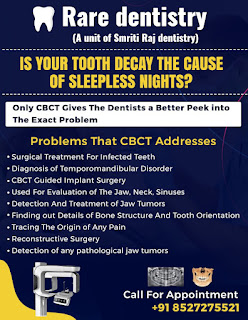What is tooth decay, and how is it caused? How could it be preventive?

Tooth decay, also known as dental caries or cavities, is a common oral health issue characterized by the gradual destruction of the hard tissues of the teeth, primarily the enamel, due to bacterial activity. It is one of the most prevalent chronic diseases globally and can lead to pain, infection, and tooth loss if left untreated. Tooth decay is primarily caused by the interaction between bacteria, particularly Streptococcus mutans, and the sugars and starches present in food and beverages. When these sugars are consumed, they combine with the bacteria in the mouth to form acids. These acids then gradually erode the protective enamel layer of the teeth, leading to the formation of cavities. Prevention of tooth decay involves adopting a comprehensive oral hygiene routine and making informed dietary choices. Regular brushing and flossing are crucial to remove food particles and plaque that can contribute to bacterial growth. Using fluoride toothpaste can help strengthen enamel and mak...

